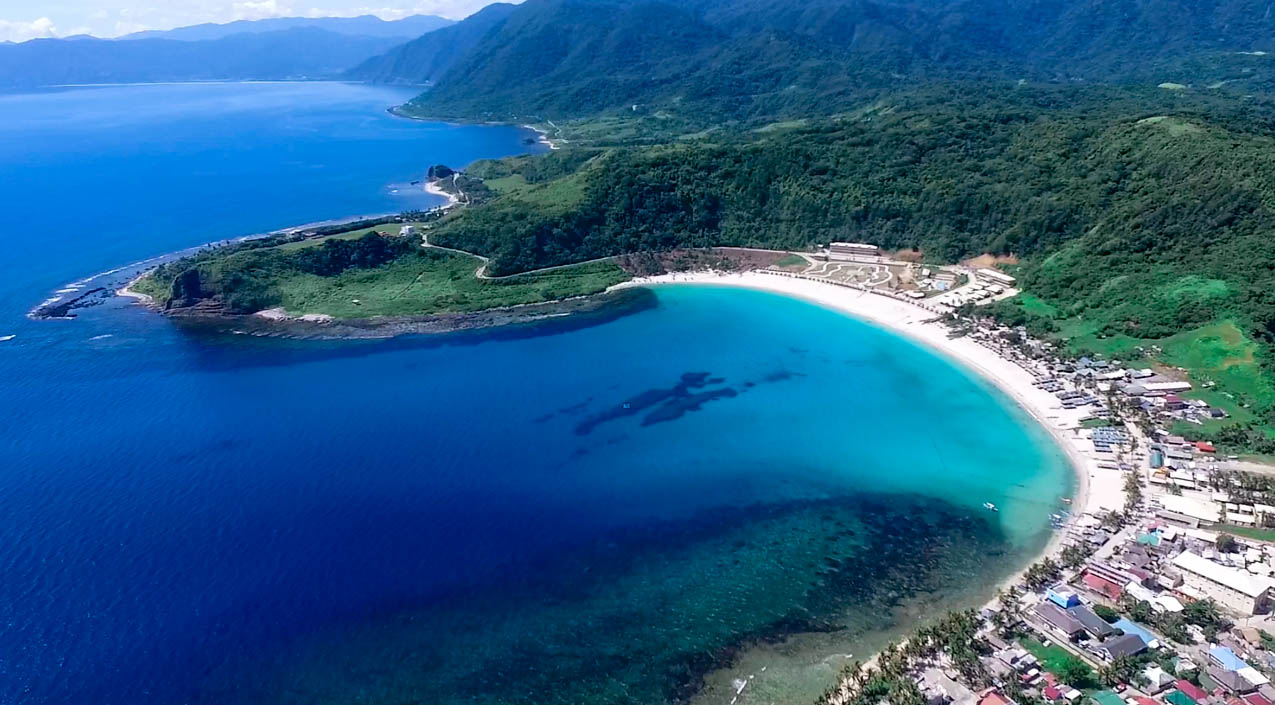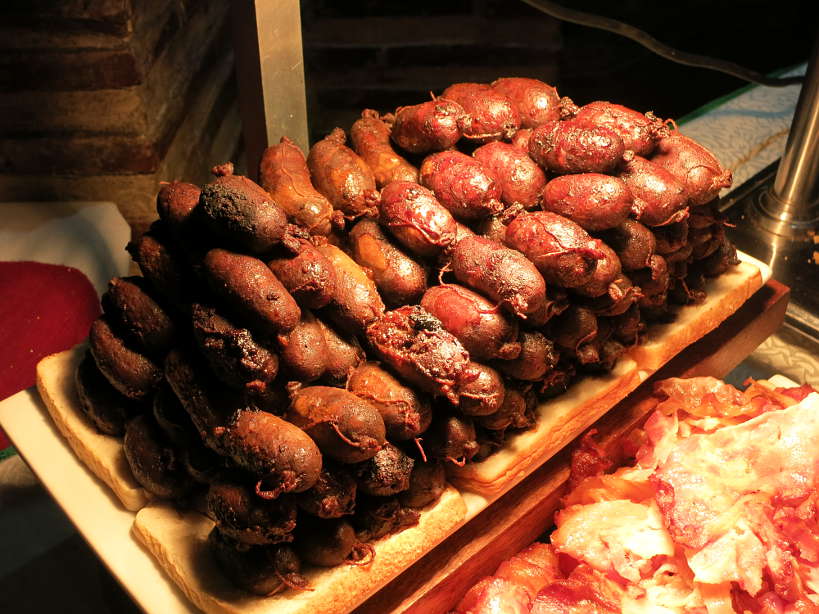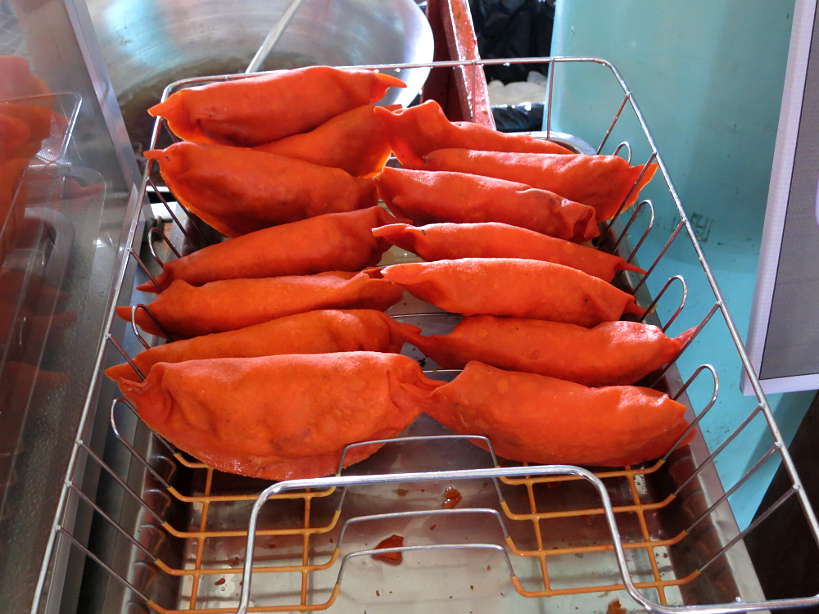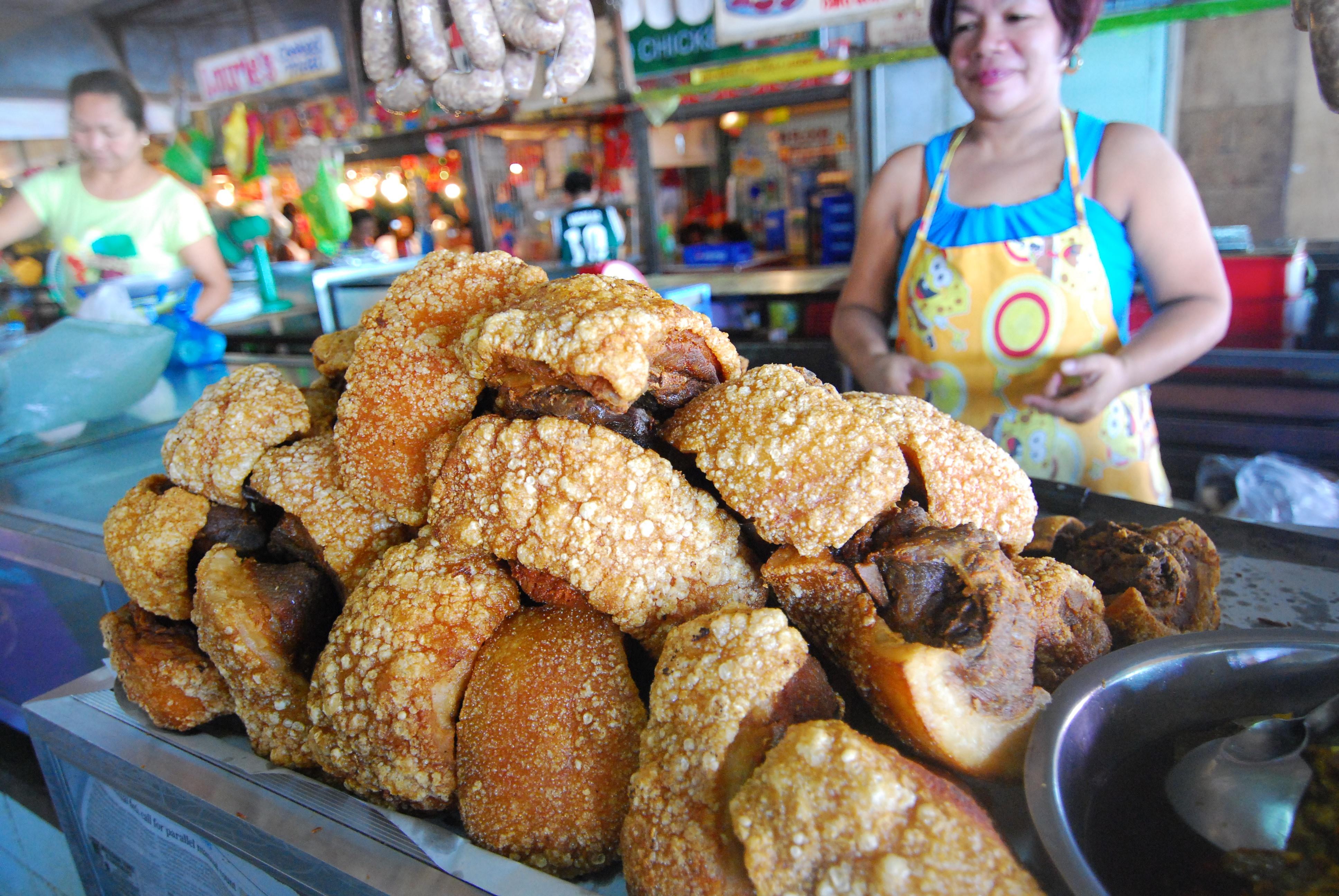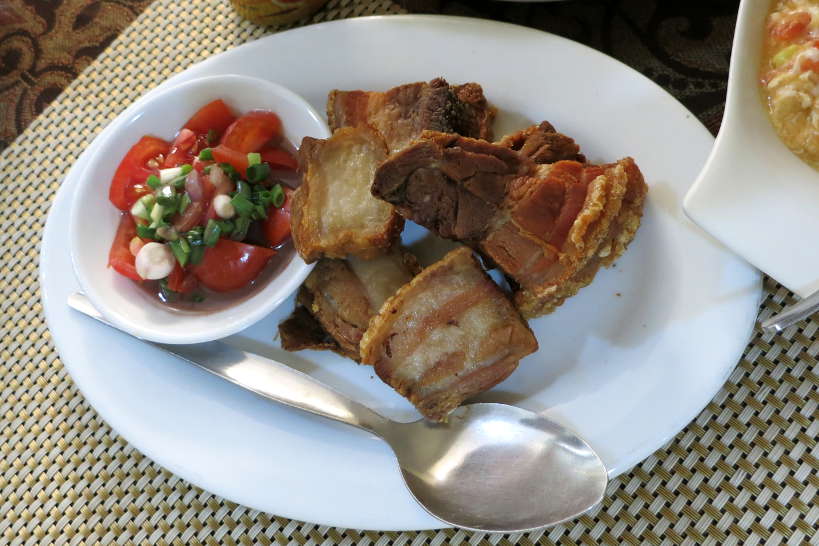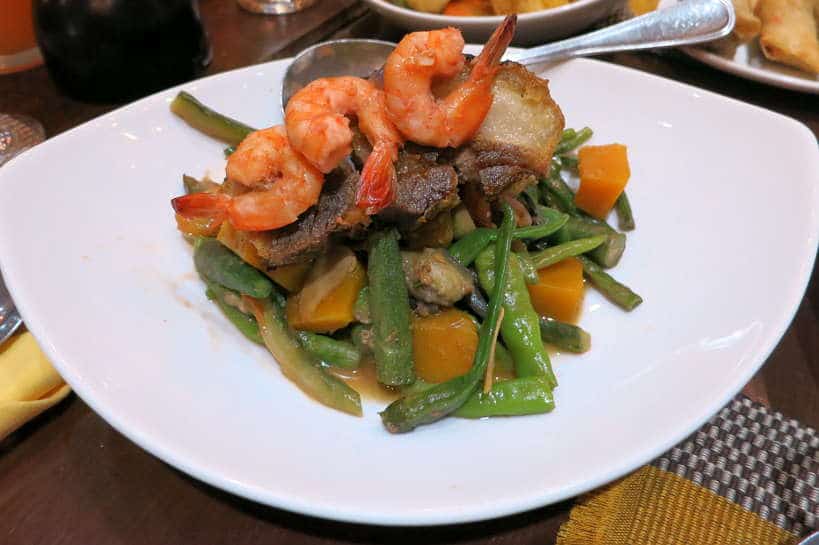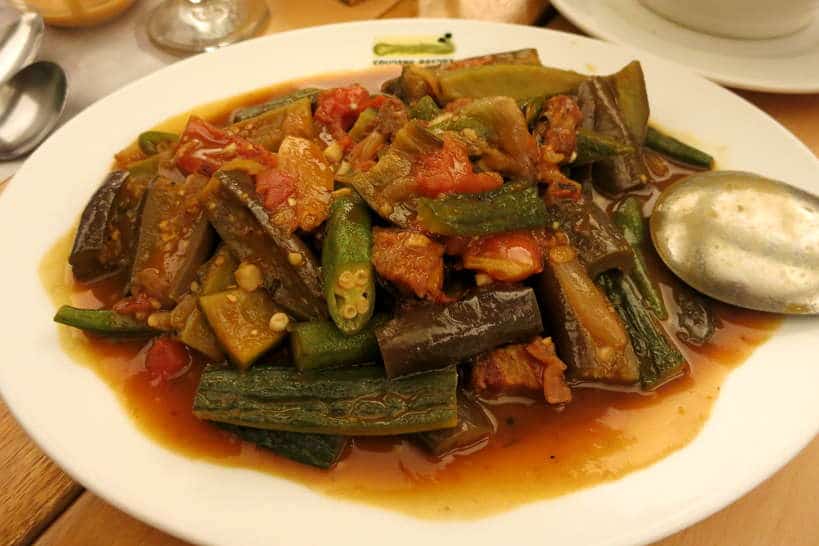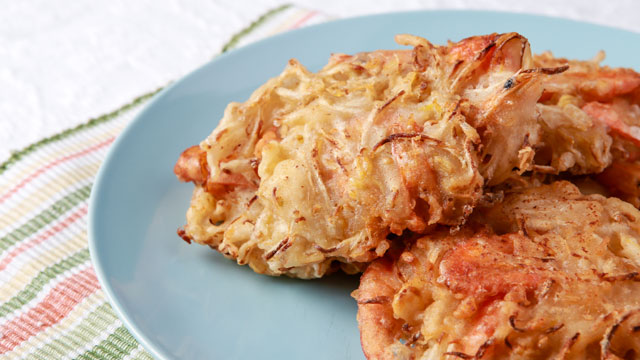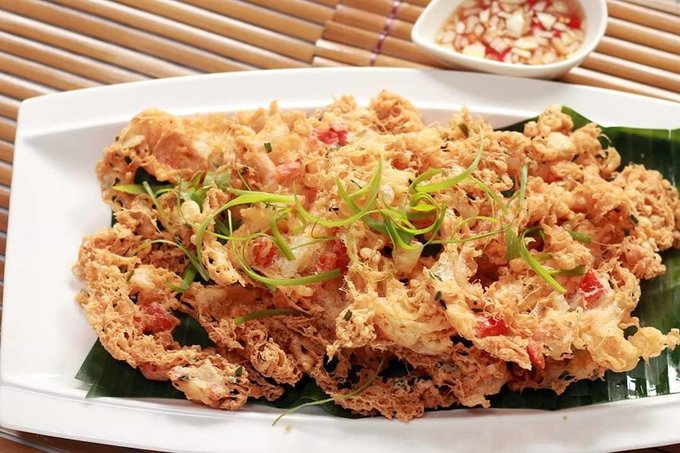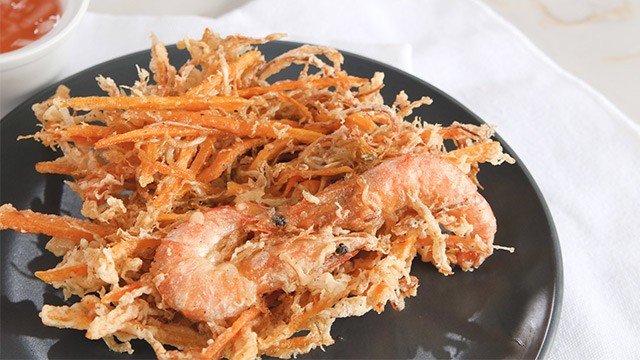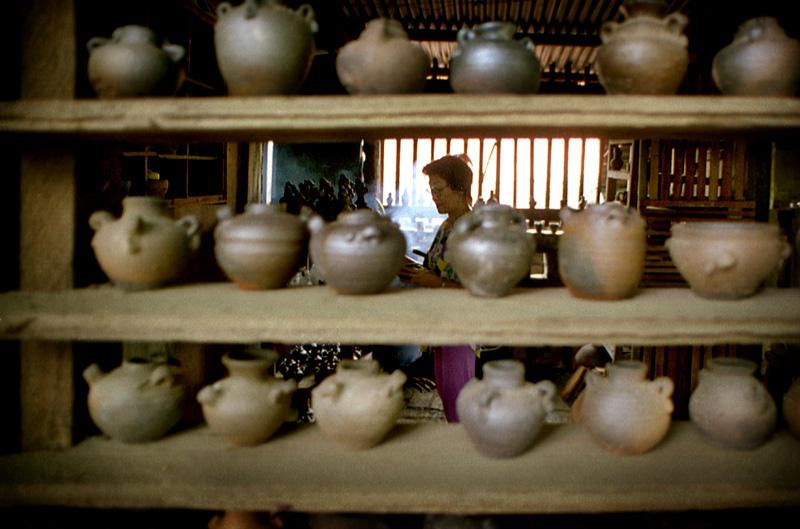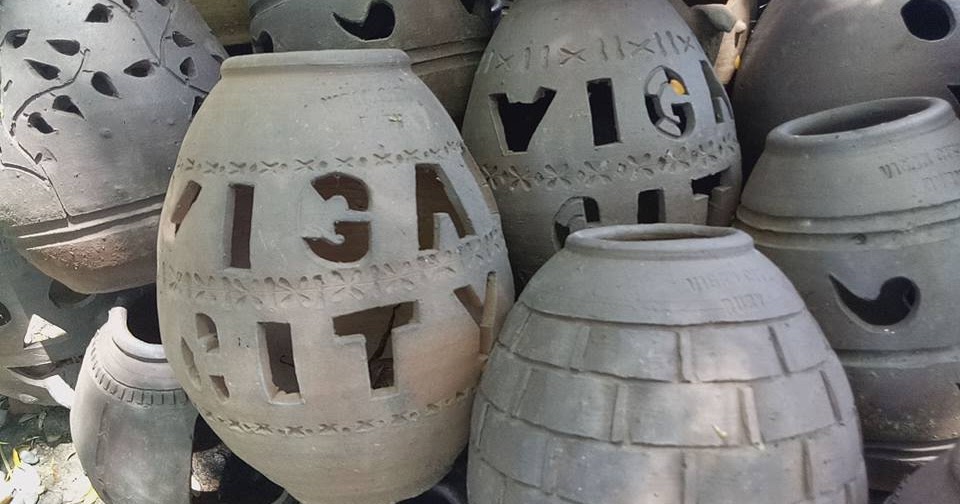Mga Lugar
(Places)
Pagudpud Beach
As I am introducing in the first line, Pagudpud is one of the tourist spots in Ilocos Norte. Saud Beach in Pagudpud is a really famous destination in Ilocos Norte and has been marked as the “haven for travelers”. If you love beaches, the wide scenery, the blue ocean, the clear waters, the white sand, the whispering air, the gentle breeze, then Saud Beach is what you are looking for in Ilocos Norte.
Bangui Windmills
Even when you search Ilocos in any search engines or in image seach, Bangui Windmills will always be present. The magnificent big turbines that supplies electricity became a famous landmark of Ilocos.
Blue Lagoon
Blue Lagoon is one of the best beaches in Ilocos. This place is used to be a secret attraction in Ilocos but its gaining more and more popularity. Famous by the name Maira- Ira Point, this is a nice beach for chilling. The big waves of blue waters will surely capture your attention.
Bantay Bell Tower
Bantay Bell Tower is one of the beautiful places to go in Ilocos Sur situated in a hill housing the Bantay Belfry. This is a beautiful old tower you should pay a visit in Ilocos Sur.
Calle Crisologo
Calle Crisologo is one of the oldest streets in Ilocos found in Vigan. This is the place where high ranking persons lived during the Spanish era. The style of houses are really inspired by those of the old times, this place is a must-visited destination in Ilocos Sur just like walking in the streets of the past just work on your imagination.
Mga Pagkain
(Food)
Vigan Longganisa
Longganisa is an emblematic Ilocos food. These pork sausages are the star at any Ilocano table. The sausages from Vigan are the most famous and they are distinctly small and plump. Longganisa is an emblematic Ilocos food. These pork sausages are the star at any Ilocano table. The sausages from Vigan are the most famous and they are distinctly small and plump. They are delicious with a spicy bite. As sausage lovers, we enjoyed the flavors in this unique Vigan food. This is one of the Ilocos region famous cuisines and not to be missed on a trip to the Ilocos.
Batac Empanadas
After falling in love with empanadas in Argentina, we could not wait to discover the traditional empanadas of Batac City. Batac is the oldest town in the Province of Ilocos Norte and was founded in 1587 by the Augustinians. The city is famous for the Batac Empanadas which are considered some of the best in the country. So celebrated, there is even an Empanada festival that takes place every year on the 23rd of June. One of the most striking characteristics of the Batac empanada is the bright orange color. The empanadas are deep fried and stuffed with green papaya, chopped up longganisa sausages and hard boiled eggs. The orange colored dough is made of rice flour and the color comes from the use of annatto seeds. Annatto is popular in South America and is used as a dye, medicine, and as an ingredient in many foods. It is a natural food coloring and makes for a fun eating experience. These empanadas are quite tasty and very different from the ones in Argentina. They are in their own right an experience not to be missed.
Bagnet
The Ilocano Bagnet which is also known as Chicharon Baboy is deep-fried pork. It is made of pork belly deep-fried in its own fat. Once fried, the pork belly is air dried up to drain the fat. This process is repeated over and over until the pork reaches its maximum crispiness. This Ilocano food was far from being our favorite. However, since pork and fat are so predominant in Filipino food, it is hard to skip this dish. Bagnet is a top favorite among Filipinos and another Ilocos region famous cuisines. If you love eating fried pork, you will be delighted. Like the locals, wash your bagnet down with a San Miguel, the popular Filipino beer.
Pinakbet
Pinakbet is one of the most popular Ilocano dishes. It is a vegetable dish that can be found all over the country. This Illocano dish is essentially a vegetable stew made with tomatoes, eggplant, string beans, okra, and bitter gourd. The preparation of this dish varies by region and the authentic Ilocano version uses small round eggplants and baby bitter gourd (ampalaya). Ilocano pinakbet uses a much loved fermented fish sauce to season the dish. This sauce, known as bagoong isda is an essential component of Filipino cuisine.
Okoy
These delicious treats are crispy shrimp fritters cooked in their shell in a glutinous rice batter and shaped into a round form. Okoy fritters are then garnished with fresh shallots and a mix of garlic and chili peppers. The delicious flavors come to life when dipped in an Ilocos style vinegar called Sukang Iloko. This mild and distinctive vinegar is used in Filipino and Illocano cuisine. It is often used to make sweet and sour sauces and is found in almost all Filipino kitchens. We enjoyed these delicious fritters as snacks and they are an easy bite while waiting for dinner.
Sining
(Art)
Inabel Weaving
“Abel” or “inabel” is a fabric customarily made of cotton fiber turned into spools of beeswax-brushed yarn & woven in a handloom. From it comes out beautiful blankets, pillowcases, tablemats, sweaters & shawls. Traditional designs include the geometric “binakol” or “inuritan”, the spiral “kusikos” & the flower called “sinan-sabong”. Weaving the inabel requires mathematical precision. Each strand of thread is meticulously counted & arranged according to color before it is tensioned into the loom. And in a rhythmic pattern, the steps of the wooden pedals & the knots of each crisscrossing weft have to move seamlessly or everything goes in a messy tangle. All these spectacles of skill can only be achieved by master “agab abel” or abel weavers through long years of training & passion.
Burnay Pottery
Pottery is an ancient art form & in Ilocos this tradition of molding unglazed earthen jars is called “burnay”. It was originally used to age vinegar, wine & “bagoong” or fish paste. In Vigan, the clay is kneaded by a carabao before it goes to the potter’s wheel that is today still spun by foot. It is then shaped into jars, dried & fired in a kiln. These fragile pieces of art combine the elements of earth, water, wind & fire that only expert “agdamdamili” or potter can only achieve. Pottery had existed long before Spain came to Ilocos. But it was only in the late 1920s when Chinese migrants like the forefathers of Fidel Go commercially produced it. Today, there are only a few “pagburnayan” or pottery barns left because there’s lesser demand for traditionally made jars. Despite his accolades being a National Living Treasure, Fidel Go thrives meagerly on selling souvenir pieces to tourists, supplying salt beds & ornamental jars to landscapers. Although he keeps potter apprentices in his wings, still, many do not want to get their hands dirty.







